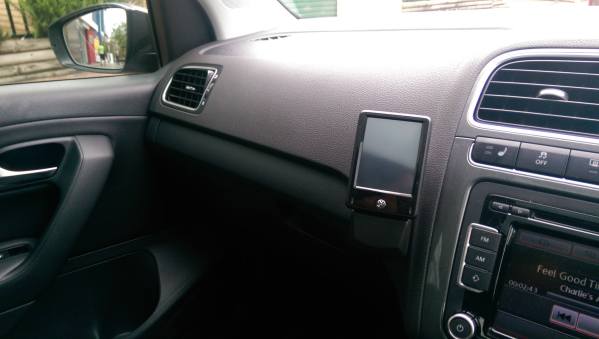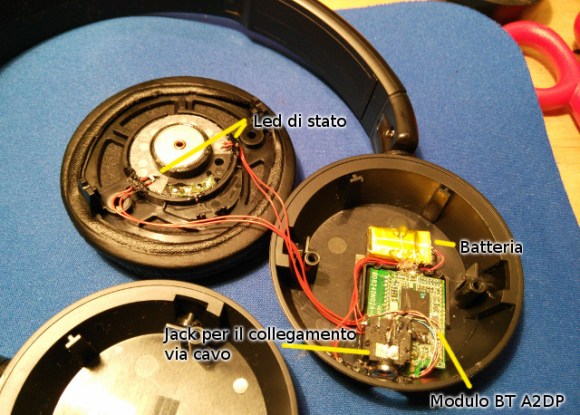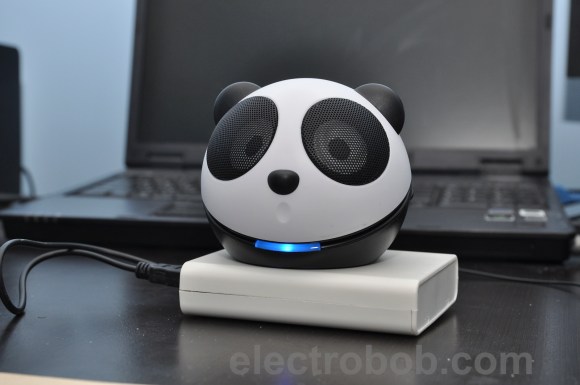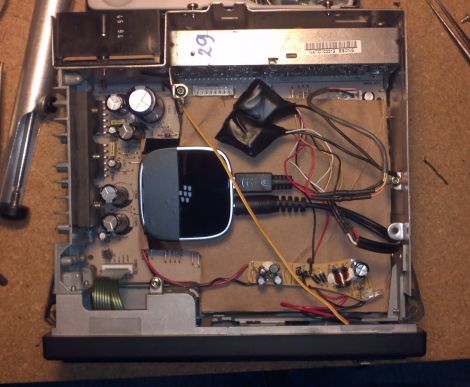[Mansour]’s Volkswagen Polo has a touch-screen adapter with voice recognition to control a bunch of the car’s features, but he wanted it gone.
Voice control of your car sounds like a great thing, right? Well, the touch adapter blocked other Bluetooth devices from connecting directly to the car, and prevented him from streaming music from his phone while he’s connecting it through the adapter. But if you simply throw the adapter away, the car won’t connect to any Bluetooth devices.
So what options are left? Other than a couple of expensive or complicated options, [Mansour] decided to open up the device and desolder the Bluetooth chip and antenna. Admittedly, it’s not the deepest hack in the world, but we’ve gotta give [Mansour] credit for taking the technology into his own hands.
Disabling unwanted functionality is not uncommon these days. Who hasn’t stuck tape over their laptop’s camera or kept an RFID card in a Faraday wallet? What other devices have you had to “break” in order to make them work for you?

















